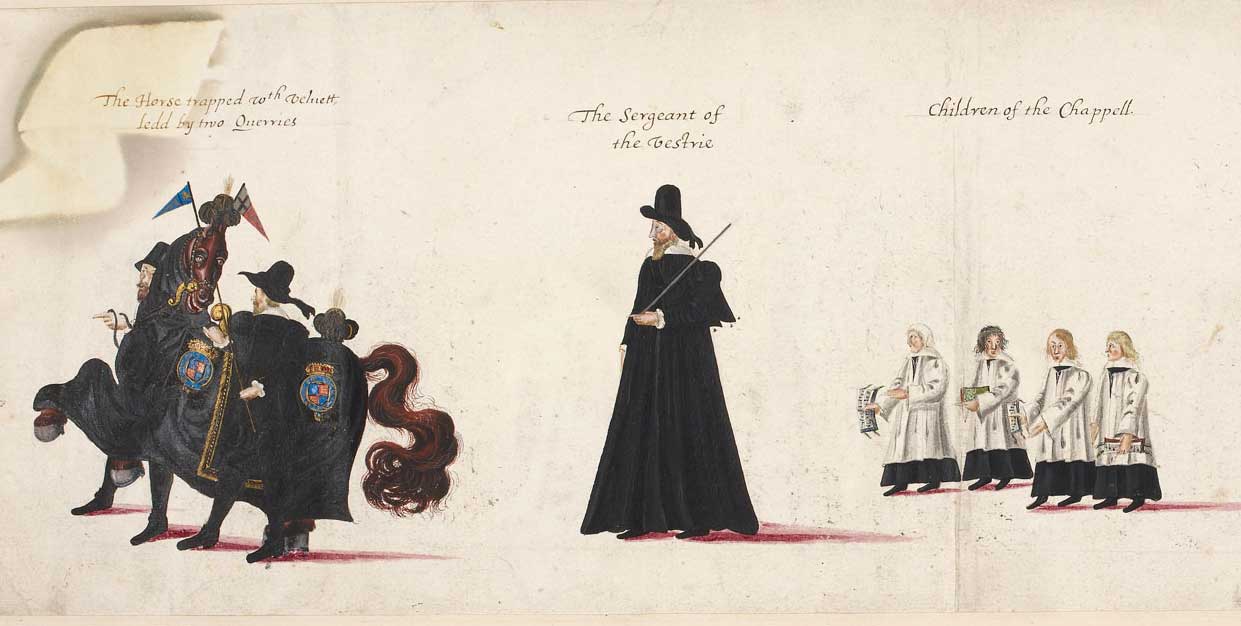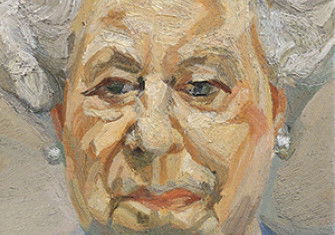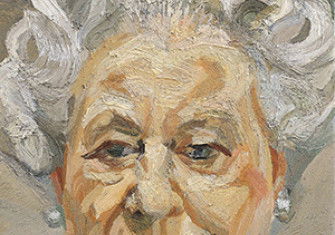Images of a Dead Queen
‘There was such a generall sighing and groning, and weeping, and the like hath not beene seene or knowne in the memorie of man’: visual images of the death of Elizabeth I played a key role in her funeral and in creating the ensuing cult of Gloriana.








